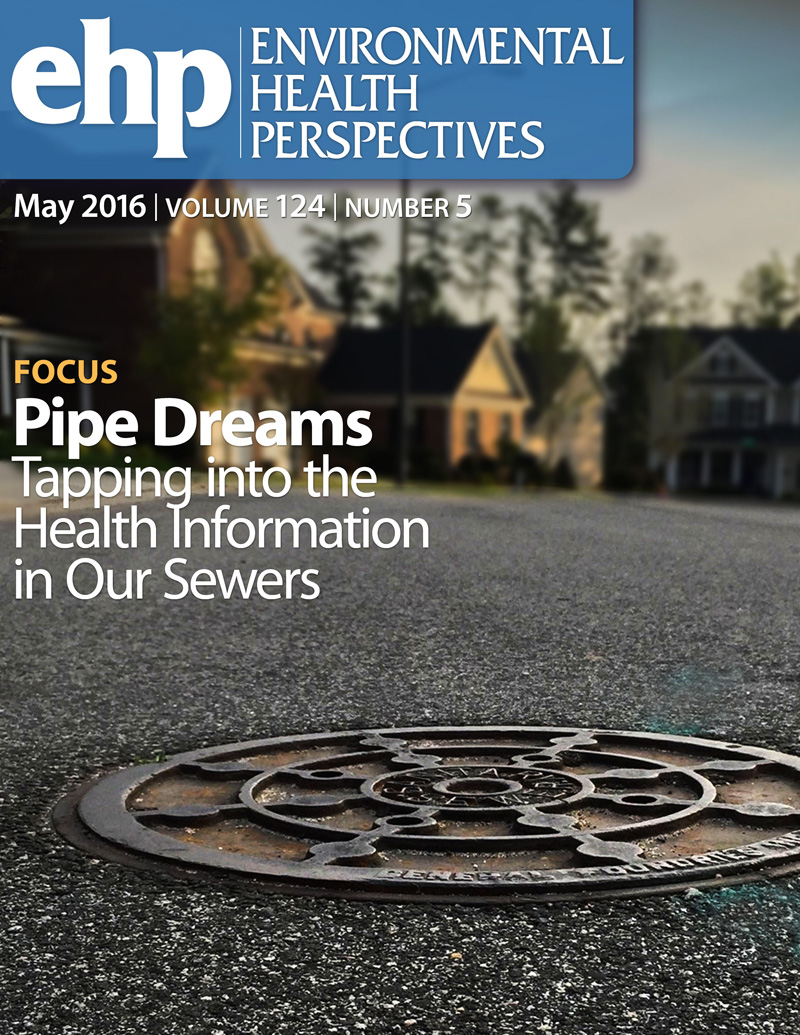Circulating per- and polyfluoroalkyl substances and liver cancer risk: a nested case-control analysis of individual participant data from 12 prospective cohorts.
IF 9.8
1区 环境科学与生态学
Q1 ENVIRONMENTAL SCIENCES
引用次数: 0
Abstract
BACKGROUND Per- and polyfluoroalkyl substances (PFAS) have been associated with numerous deleterious health outcomes including liver damage. However, whether exposure to PFAS is associated with liver cancer risk remains unclear. METHODS We conducted a matched nested case-control study among 12 prospective cohort studies located in the United States. Pre-diagnostic PFAS, namely perfluorooctanesulfonate (PFOS), perfluorooctanoate (PFOA), and perfluorohexanesulfonate (PFHxS), were measured from blood samples among 853 individuals who developed liver cancer and 853 matched control participants. Odds ratios (OR) and 95% confidence intervals (CI) were estimated using multivariable-adjusted conditional logistic regression for liver cancer risk by study-specific quartiles of concentrations and per 90th vs. 10th percentile incremental increase. RESULTS In the main multivariable-adjusted model, circulating PFOS, PFOA, and PFHxS levels were not associated with liver cancer risk (OR per 90th vs. 10th percentile increase: 1.00, 95% CI: 0.79-1.28; 0.92, 0.73-1.15; and 0.95, 0.75-1.21, respectively). However, when analyses were stratified by sex, PFOA concentrations were positively associated with liver cancer risk in males (OR per 90th vs. 10th percentile increase: 1.62 95% CI:1.07-2.45), whereas an inverse association was observed amongst females (OR per 90th vs. 10th percentile increase:0.68, 0.50-0.92; p-interaction=0.005). Analyses separating liver cancer subtypes, hepatocellular carcinoma (HCC) and intrahepatic cholangiocarcinoma, showed no evidence of heterogeneity, although associations were stronger but not significant for HCC. No evidence of interaction was observed by time to diagnosis, time period of blood draw, body mass index, alcohol intake, ethnicity, or diabetes status. CONCLUSIONS In the largest study to date, none of the measured circulating PFAS were associated with liver cancer risk; however, PFOA associations appeared to differ by sex and further research is needed to explore these apparent differences by sex. https://doi.org/10.1289/EHP16980.循环全氟烷基和多氟烷基物质与肝癌风险:对来自12个前瞻性队列的个体参与者数据的巢式病例对照分析
背景:全氟和多氟烷基物质(PFAS)与许多有害的健康结果有关,包括肝损伤。然而,暴露于PFAS是否与肝癌风险相关仍不清楚。方法:我们在美国的12项前瞻性队列研究中进行了匹配的巢式病例对照研究。诊断前的PFAS,即全氟辛烷磺酸(PFOS)、全氟辛酸(PFOA)和全氟己磺酸(PFHxS),从853名肝癌患者和853名匹配的对照参与者的血液样本中进行了测量。通过研究特定浓度的四分位数以及每90和10个百分位的增量增加,使用多变量校正条件logistic回归估计肝癌风险的优势比(OR)和95%置信区间(CI)。结果在主要的多变量调整模型中,循环PFOS、PFOA和PFHxS水平与肝癌风险无关(每90个百分位vs第10个百分位增加OR: 1.00, 95% CI: 0.79-1.28;0.92, 0.73 - -1.15;0.95、0.75 ~ 1.21)。然而,当分析按性别分层时,PFOA浓度与男性肝癌风险呈正相关(每90个百分位数vs第10个百分位数增加的OR: 1.62 95% CI:1.07-2.45),而在女性中观察到负相关(每90个百分位数vs第10个百分位数增加的OR:0.68, 0.50-0.92;p-interaction = 0.005)。分离肝癌亚型,肝细胞癌(HCC)和肝内胆管癌的分析没有显示异质性的证据,尽管HCC的相关性更强但不显著。在诊断时间、抽血时间、体重指数、酒精摄入量、种族或糖尿病状况方面没有观察到相互作用的证据。结论:在迄今为止规模最大的研究中,所测量的循环PFAS与肝癌风险无关;然而,PFOA的关联似乎因性别而异,需要进一步的研究来探索这些明显的性别差异。https://doi.org/10.1289/EHP16980。
本文章由计算机程序翻译,如有差异,请以英文原文为准。
求助全文
约1分钟内获得全文
求助全文
来源期刊

Environmental Health Perspectives
环境科学-公共卫生、环境卫生与职业卫生
CiteScore
14.40
自引率
2.90%
发文量
388
审稿时长
6 months
期刊介绍:
Environmental Health Perspectives (EHP) is a monthly peer-reviewed journal supported by the National Institute of Environmental Health Sciences, part of the National Institutes of Health under the U.S. Department of Health and Human Services. Its mission is to facilitate discussions on the connections between the environment and human health by publishing top-notch research and news. EHP ranks third in Public, Environmental, and Occupational Health, fourth in Toxicology, and fifth in Environmental Sciences.
 求助内容:
求助内容: 应助结果提醒方式:
应助结果提醒方式:


